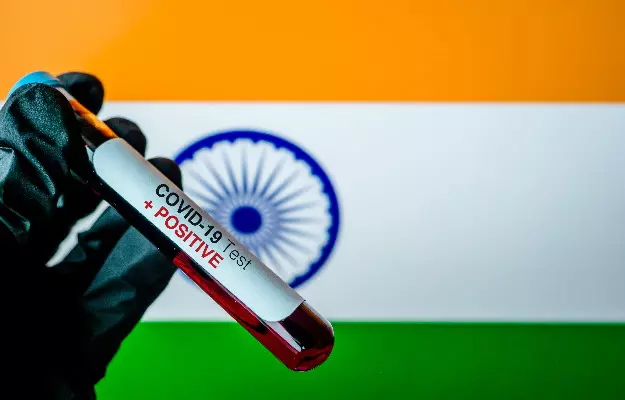While India's official number of COVID-19 cases stands at about 4.56 million as of 11 September 2020 along with more than 76,000 deaths since the first infection was reported in January, figures emerging from the Indian Council of Medical Research's (ICMR) first serosurveillance suggests a significantly higher number may have been reached as early as May itself.
According to the report published in the Indian Journal of Medical Research, ICMR's first sero survey which was carried out between 11 May and 4 June this year suggests that about 0.73% of adults were infected with the SARS-CoV-2 virus within that period alone.
The findings of the survey suggests that a staggering 64,68,388 estimated infections are likely to have happened by the month of May 2020 itself. Due to the sheer population size of the country, it may be difficult to put an exact number down, but for every confirmed case of COVID-19 during this period, as many as 82-130 infections are said to have gone undetected in the country.
Read more: Serosurveillance to become a monthly affair in Delhi, say authorities
The first serosurveillance of this kind took blood samples of 28,000 adults from as many as 21 states of the country, and found the highest percentage of sero-positivity among a younger age group of 18-45 years, that of 43.3%. The age group between 46 and 60 years had a sero-positivity of just under 40%, while the figure was considerably less for older adults above the age of 60, at 17.2%. This means that a large population of the country had developed antibodies against the coronavirus infection.
According to the report, "The findings of our survey indicated that the overall sero-prevalence in India was low, with less than one per cent of the adult population exposed to SARS-CoV-2 by mid-May 2020. The low prevalence observed in most districts indicates that India is in the early phase of the epidemic and the majority of the Indian population is still susceptible to SARS-CoV-2 infection."
The high population size of the country, coupled with a poor rate of testing in the initial days of the pandemic's spread, suggest that many infections among a large section of the country may have gone undetected. Similar reports have also emerged regarding the low death rate in the country, especially in comparison with the overall cases the country has registered (officially) thus far.
Read more: Why India’s COVID-19 death count is low despite skyrocketing cases
India has been registering a record number of cases on a daily basis over the last few weeks, taking the total number of infections over Brazil to become the second worst affected country by the coronavirus infection.
The report also adds that around the same time the survey was carried out in the months of May and June, the SARS-CoV-2 virus had started spreading to the rural areas of the country as well.
Read more: Which Indian states are most vulnerable to COVID-19?
The findings of the survey also suggests that testing for COVID-19 needs to be increased with monitoring of suspected cases of the virus in rural areas. The sero-survey found a positive rate of 69.4% in rural areas, while it was 15.9% in urban slums. At the same time, sero-positivity was found to be 14.6% in non-slum urban areas.
Read more: A third of Delhi’s population exposed to COVID-19, according to latest sero survey
The report says that only more than a quarter (25.9%) of the samples were taken from urban areas. The survey results emphasize the need to adopt public health measures to control the virus. These include testing of people with all symptoms, isolation of positive patients and tracing of high-risk contacts (people exposed to infected people).
Read more: More than half of Pune's residents have developed COVID-19 antibodies, reveals sero survey















